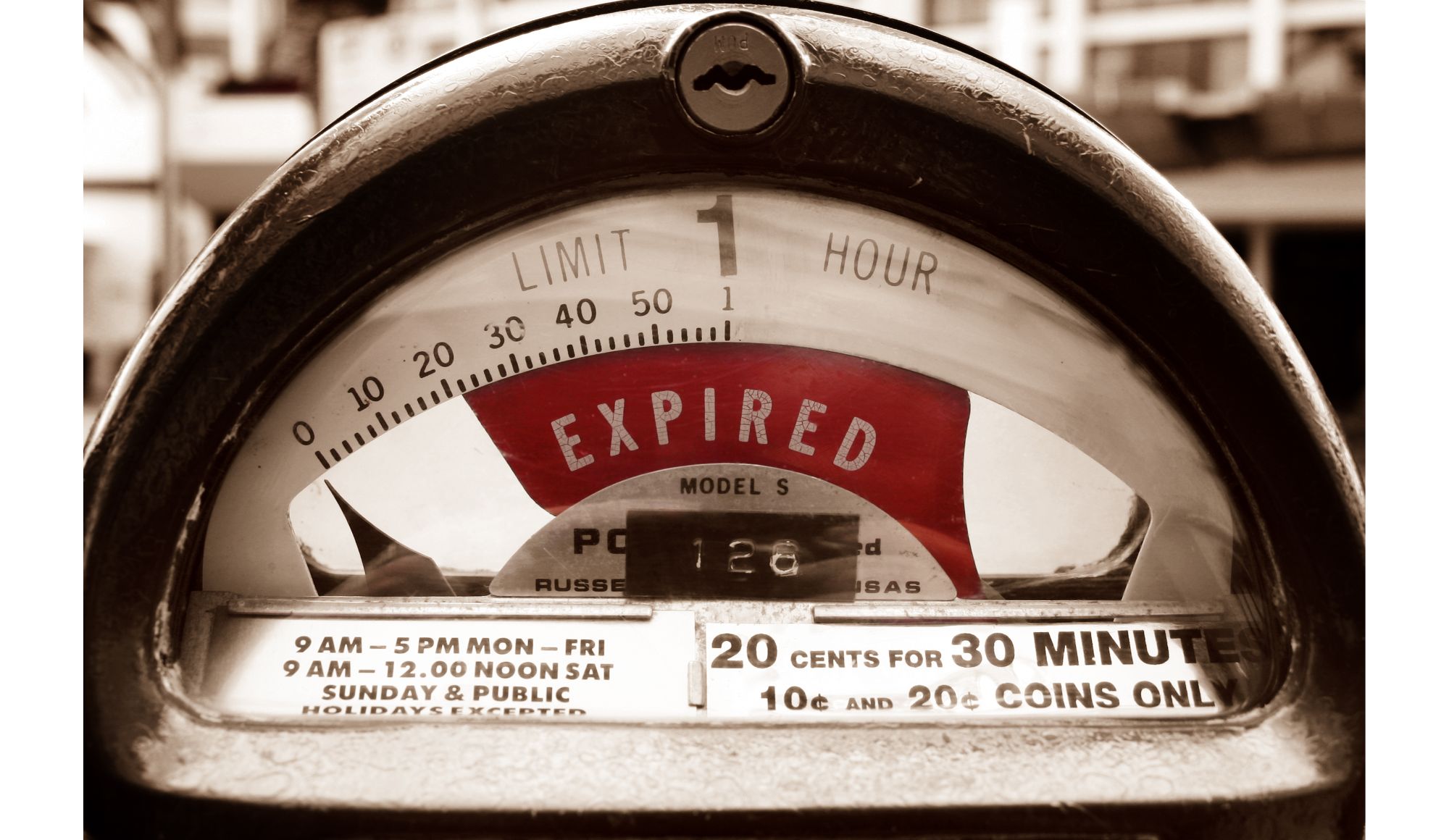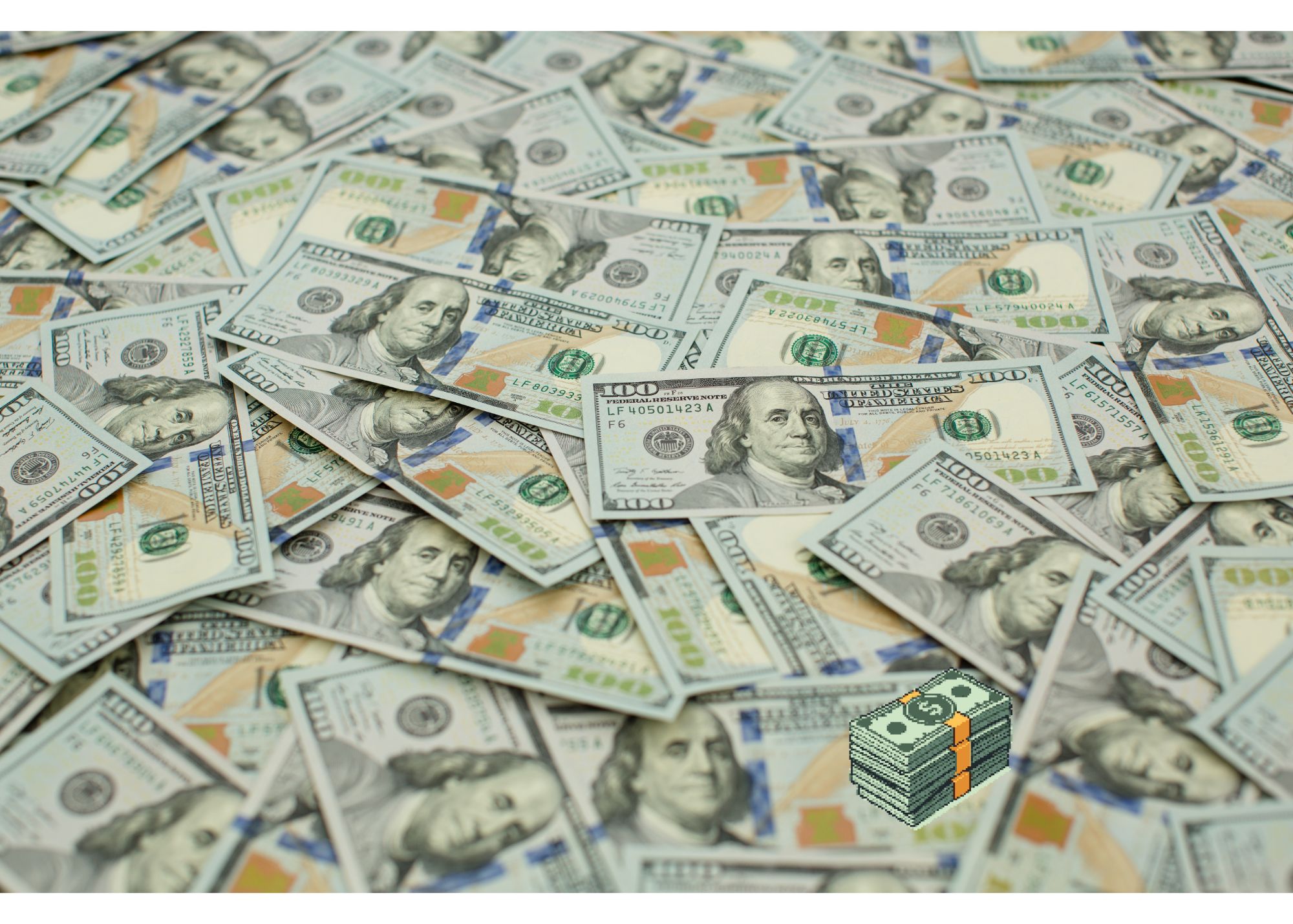Is Today The Top In The Market?
If one analyst is to be believed, today should mark the top in the market. Cem Karsan pinpointed January 17, 2024 a few months ago as the day when market tailwinds would subside in favor of market headwinds, but how could he be so specific in his date selection? And will be be right?
Key Points
- At VIXperation in January, bullish flows historically cede to bearish flows, leading to more headwinds for the market.
- If history is an indicator, the odds of the bears taking over heading into February start to rise.
- By March options expiration, a resumption of bullish flows may be evident once more.
Why Today?
January 17 wasn’t a number picked out of a hat, but rather it is colloquially described as VIXperation or a date when VIX futures and options expire.
What Cem identified was something quite unusual as a market maker. The supportive seasonal flows that prop up markets through November and December will often last into January before subsiding. And the pattern repeats more often than not.
Typically, if the market has risen by the end of October, the bullishness will be evident during that time frame. However, when the market is under water for first ten months of the year the supportive flows are not nearly as strong.
Obviously in 2023, the consequence of a market in the black by end of October was evident when the S&P 500 rallied from being up 10% in the first 10 months to up 24.7% by the end of month 12. In short, the final two months produced almost 50% more gains than did the first ten.
Bullish Seasonal Flows vs Macro Flows
The seasonal flows that support the market include re-collateralization whereby investment managers keep their risk levels on an even keel in aggregate and so they need to deploy the very real equity increases to create new bullish flows.
So too is there a real construct between November and December that is unusual compared to the rest of the year when the theta decay of options is higher than most other months because of fewer trading days. That has a material effect on the flows into equities, not least by market makers needing to remain delta neutral.
Counterbalancing those bullish forces are macro forces such as higher interest rates leading to competition for capital in the bond market. Why buy a stock paying a 5% yield that could go down when you lock in 5% in the Treasury market with more certainty? As these and other negatives, whether wars on numerous fronts or spikes in energy price garner attention, and absent the bullish flows, markets run into stronger headwinds and start to dominate.
Will Today Mark The Top?
According to Cem, the best way to view these flows is as a probability distribution where as time passes beyond the Jan 17 date, the more likely the headwinds take precedence.
Interestingly, back in December 2019 when all the bearish news about COVID came out the market managed to stay bullish all the way through to the end of January before tumbling and finally reaching a low at, coincidentally, March options expiration.
If history doesn’t repeat but rhymes, the next 8 weeks could be a rocky road for the market with the odds favoring more downside than upside. Let’s see if Karsan is right.



